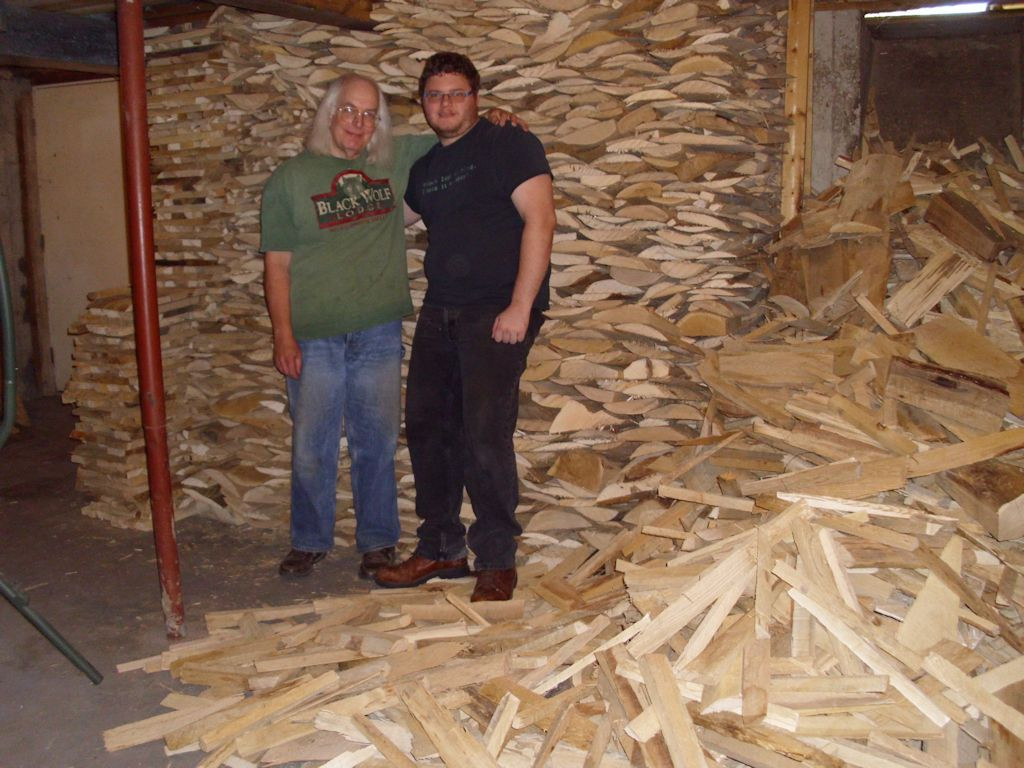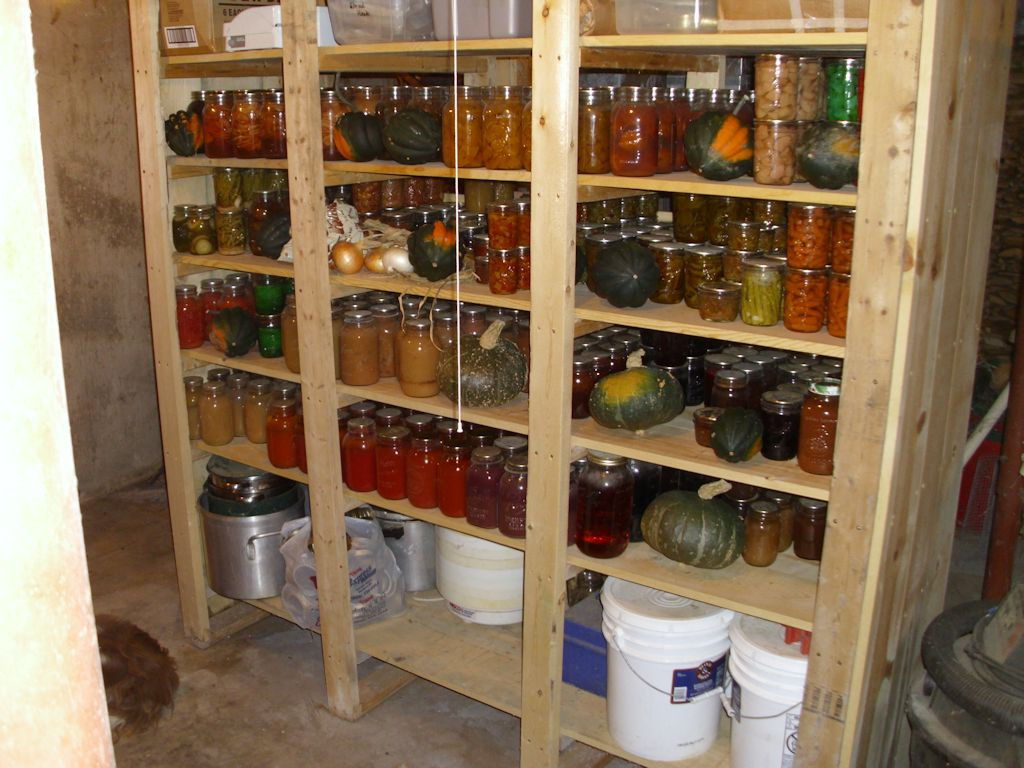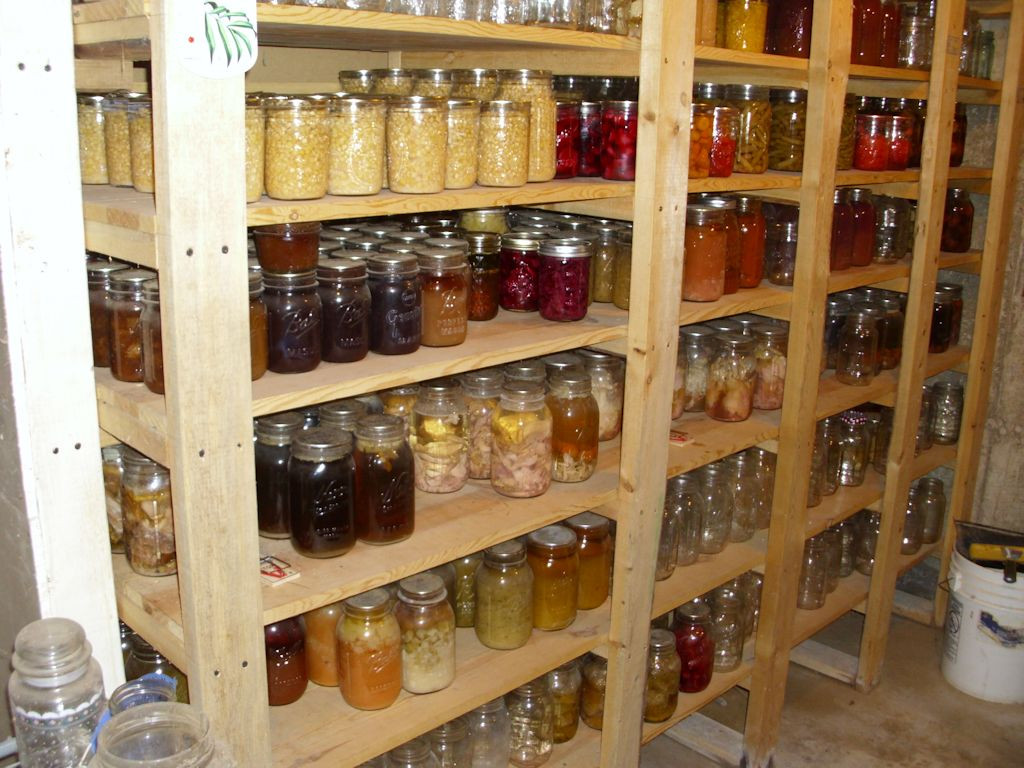One of the issues that faces someone who raises meat rabbits is how to predict the dressed or processed weight of the rabbit based on the live weight. After all, you can’t add more weight after the fact. First of all, you need to weigh the rabbit before you feed it, rather than after. Using the before feeding weight seems to provide more predictable results. I’ve found that rabbits can be picky eaters at times, so using this baseline ensures I’m not weighing different amounts of ingested food. Couple the before feeding weigh-in with a same time of day feeding time to ensure you get predictable results. (I also feed right before sundown because rabbits are nocturnal and will feed better at night.) However, there is always some variance, so you need to expect some range in the dressed weight of the rabbit.
Younger rabbits tend to dress out at a higher percentage of their live weight. Most people wait at least eight weeks before attempting to process rabbits. However, these younger rabbits are also considerably smaller than a more mature rabbit. Waiting until thirteen to fifteen weeks often produces a nicer rabbit even if the live weight to processed weight ratio is smaller.
What you feed the rabbit will also make a difference in the ratio because some types of food tend to produce more fat, than lean meat. Adding corn or other grains to the feed will cause the rabbit to be more tender and grow faster, but at a lower ratio and with more inner fat (the fat that isn’t removed with the skin). When you feed anything other than alfalfa pellets, you change the texture of the rabbit and its fat content, and therefore the ratio of live weight to processed weight. For example, feeding the rabbit grass will tend to make it leaner.
The kind of rabbit can also make a big difference. A New Zealand rabbit may only provide a ratio of 55% live weight to processed weight, while a Dutch can provide a ratio as high as 60%. Mixed breed rabbits increase the uncertainty of yield, but do provide advantages in genetic diversity, which can improve the taste of the meat and reduce the need to use medications that pure bred rabbits could require. In short, you need to consider the trade-offs of various decisions you make during the entire process.
In general, you can expect a ratio as low as 50% for a mixed breed rabbit and somewhere around 65% for a Californian/New Zealand mix. However, you must take all sorts of other factors into consideration as previously mentioned. To help me calculate the processed weight better, I started to keep records of live weight to processed weight ratios, ensure I fed the rabbits the same diet, and kept my stock as close as possible to the same mix. Even so, I find that each processing session provides slightly different ratios. Let me know about your live weight to processed weight insights at [email protected].






